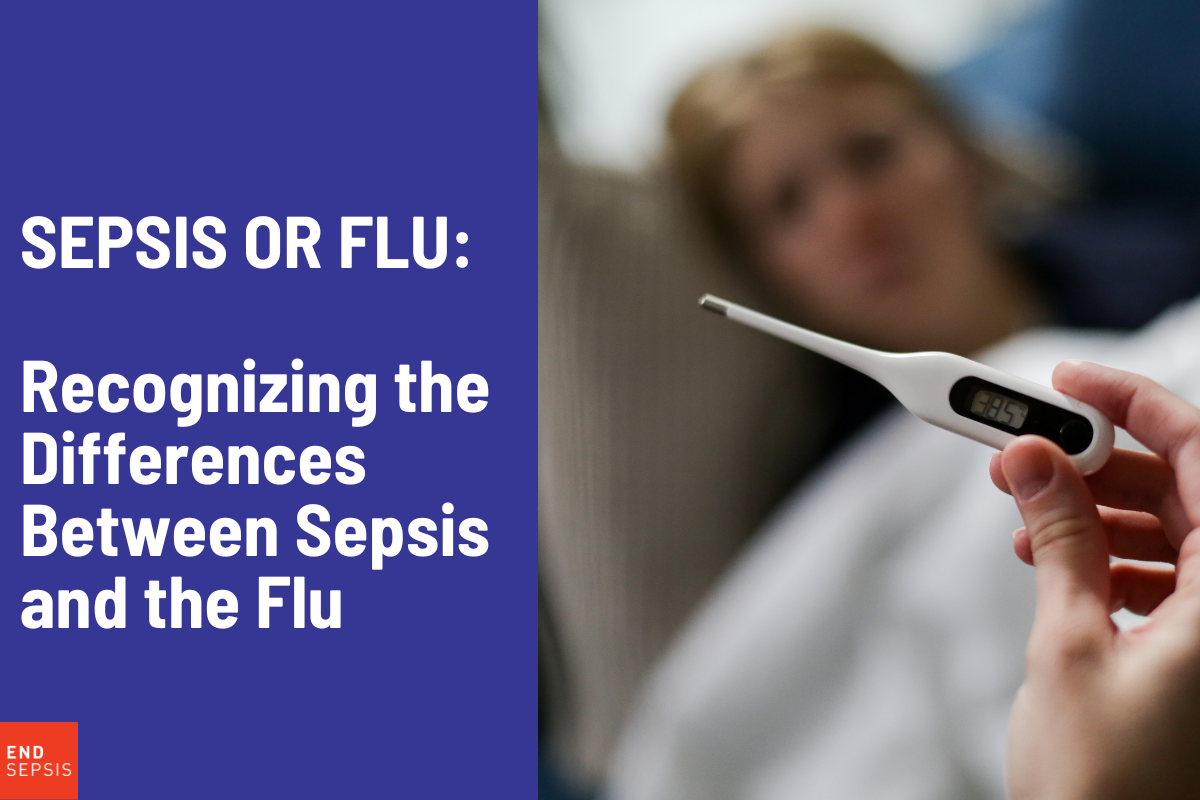
It’s every parent’s worst nightmare: your child is very sick, and even after seeing the doctor or visiting the hospital, they’re not improving. You’re left wondering—is it the flu, or could it be sepsis?
While flu and sepsis can appear similar at first, there are key differences that can help you recognize when it’s time to seek urgent medical care.
Recognizing the Differences Between Sepsis and the Flu
Early Similarities
In the early stages, sepsis and the flu share similar symptoms: fatigue, muscle aches, fever, and a general sense of weakness. These overlapping symptoms can make it challenging to tell the difference initially.
When to Suspect Sepsis
As sepsis progresses, unique signs start to emerge that indicate something more serious than the flu:
- Shortness of breath
- Racing heart
- Feeling unusually weak and faint
- Cold, clammy hands and feet
- Extreme shivering or chills
- Significantly reduced urination (or no urine at all)
- Slurred speech or confusion
- Mottled, pale, or blue-tinted skin
If you notice one or more of these symptoms, it’s essential to seek medical attention immediately. Tell your healthcare provider that you’re concerned about sepsis, as early intervention with antibiotics and fluids can be lifesaving. Every hour counts in treating sepsis.
Steps to Help Prevent Sepsis
While early recognition is vital, prevention is powerful. Here’s what you can do to reduce your family’s risk of sepsis:
- Stay Up to Date on Vaccinations: Ensure that you and your loved ones have received all recommended vaccines, including the annual flu vaccine. Vaccines reduce the likelihood of infections that can lead to sepsis.
- Practice Good Hygiene: Regular handwashing and avoiding close contact with sick individuals can help prevent the spread of infections that can lead to sepsis.
- Strengthening the immune system: Adopting a healthy lifestyle with balanced nutrition, regular exercise, and adequate sleep can bolster the immune system.
Knowing the warning signs of sepsis and acting quickly can make all the difference. By staying vigilant and taking preventive steps, you can help keep your family safe.

